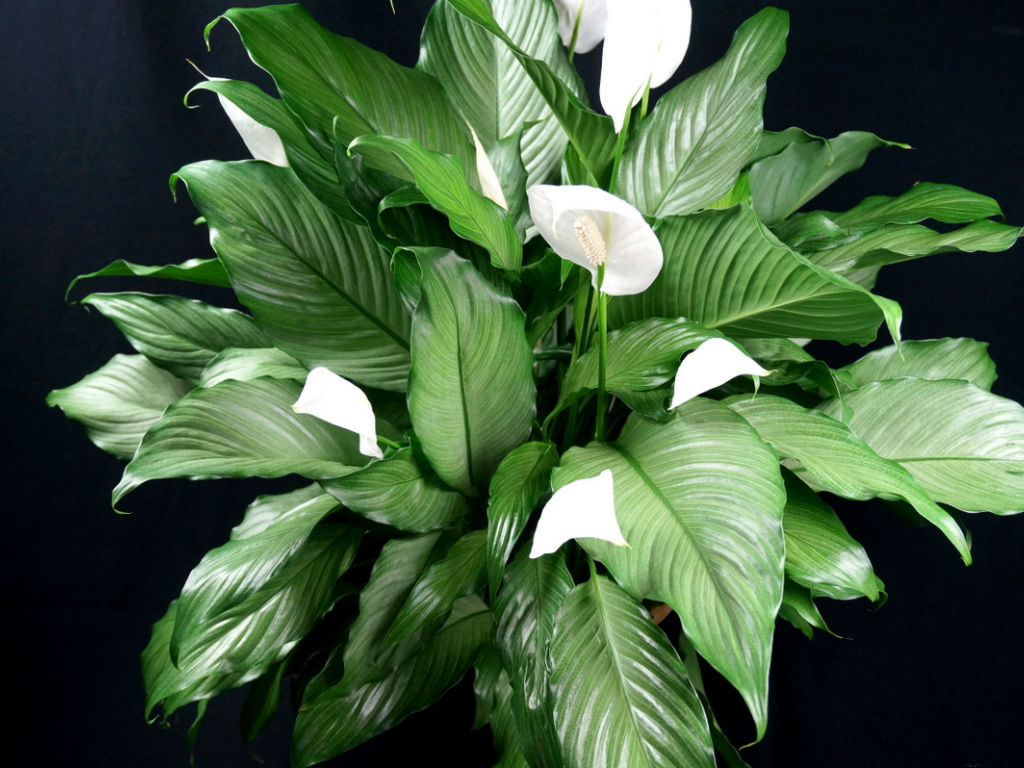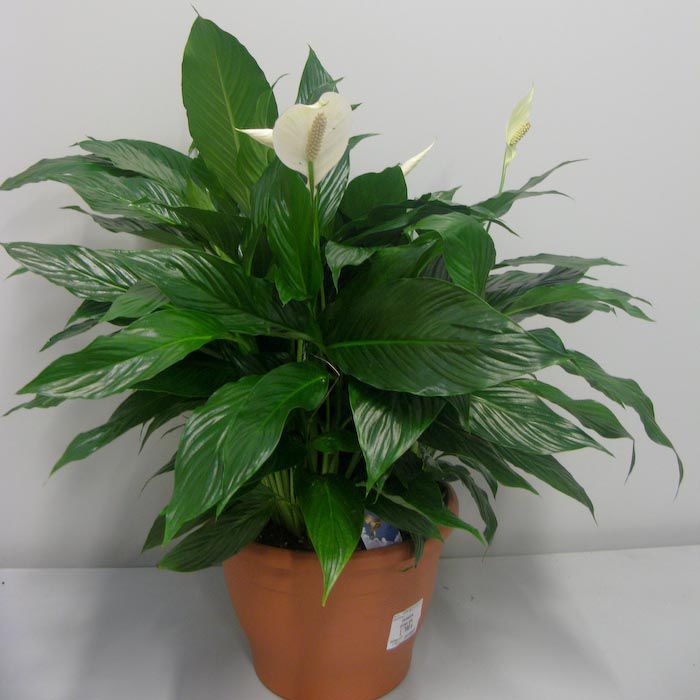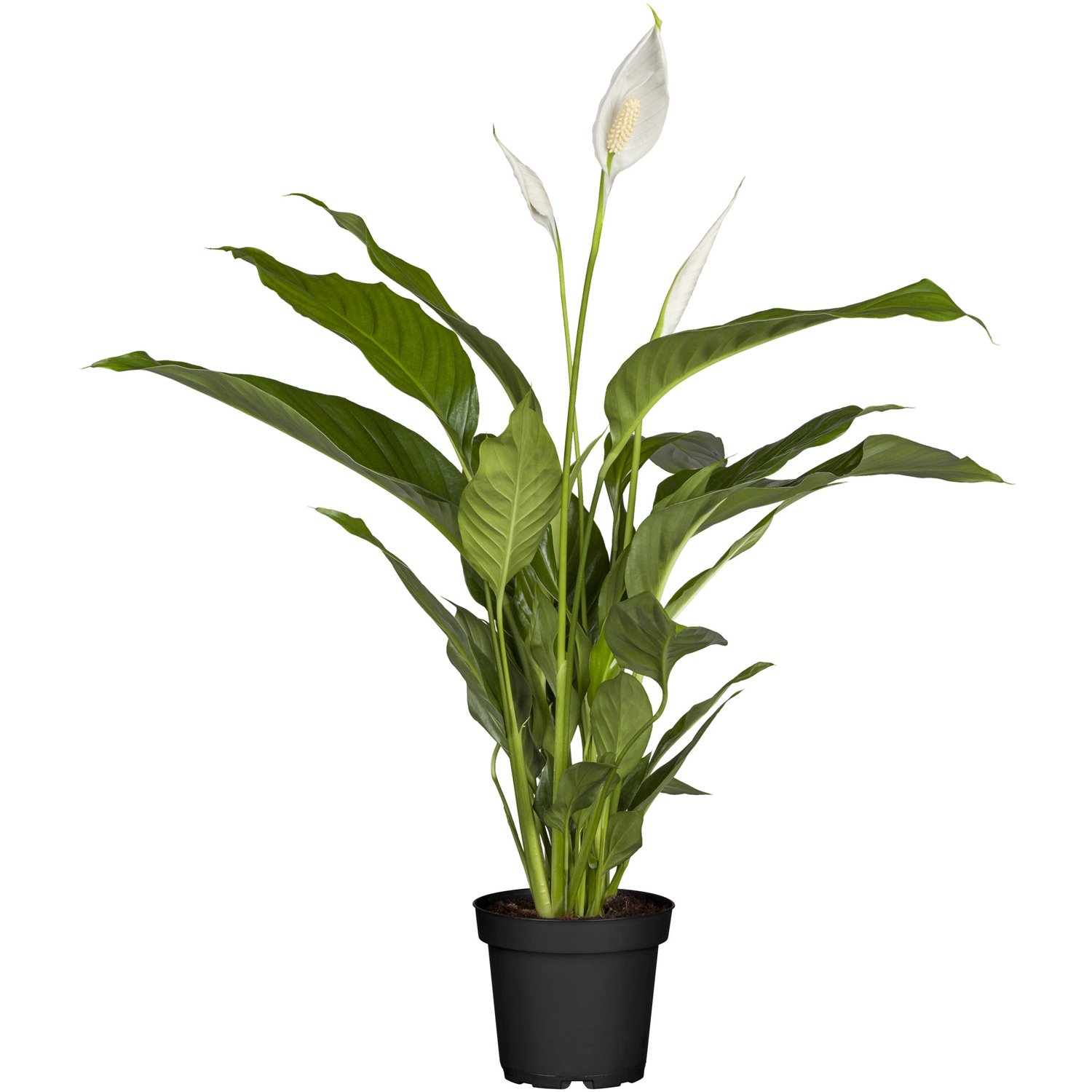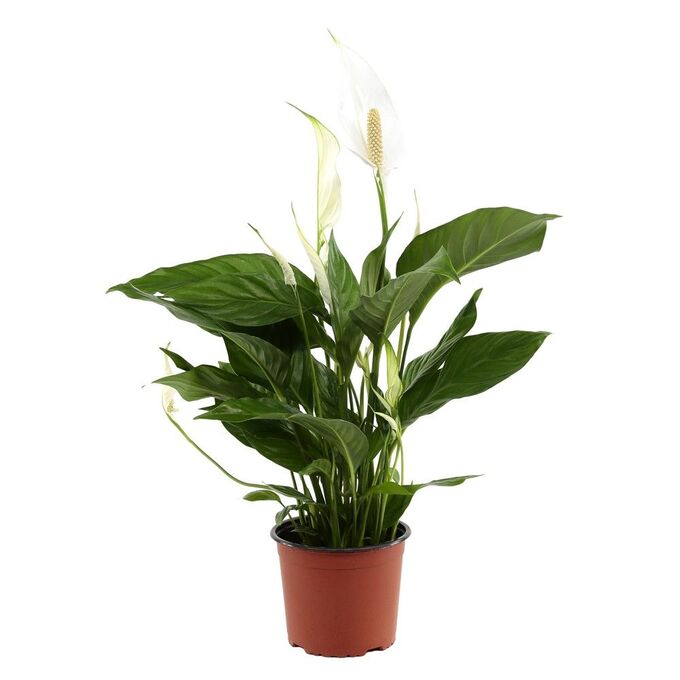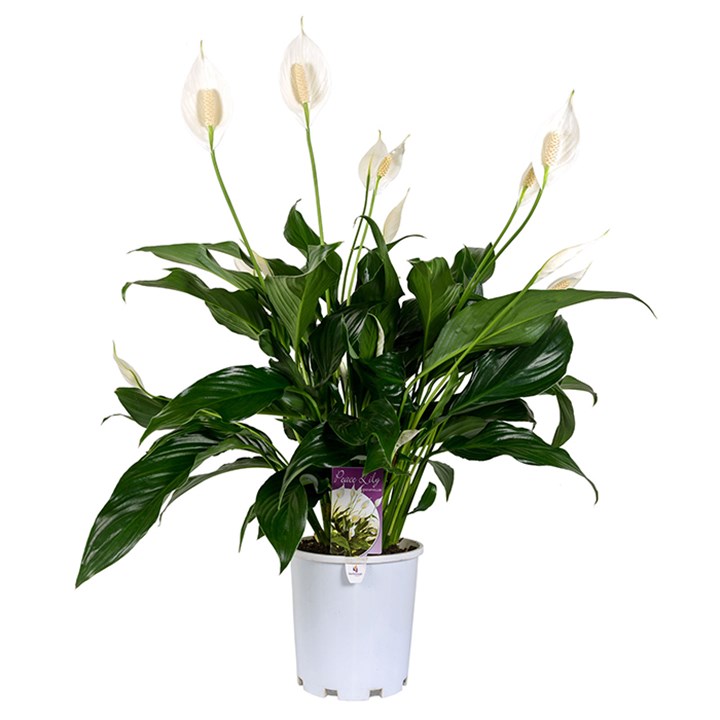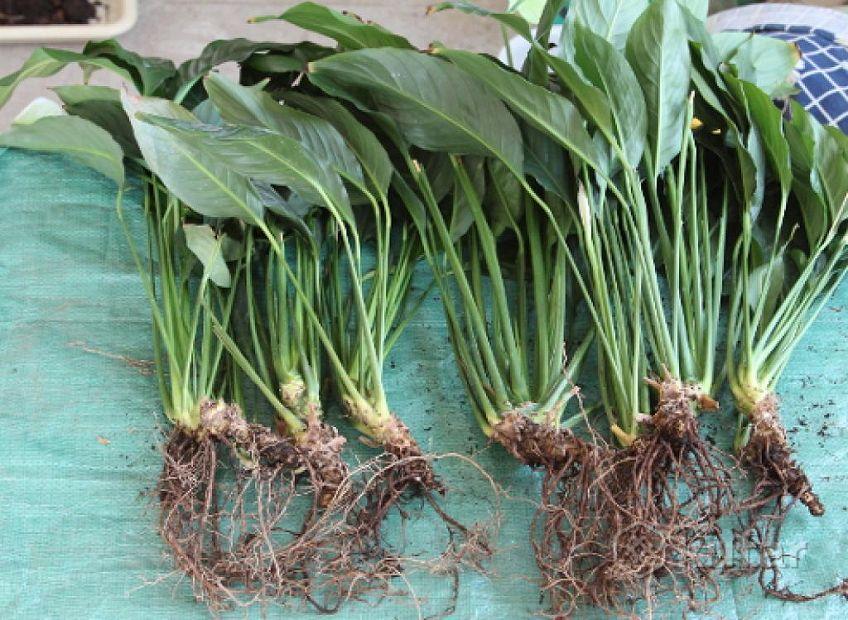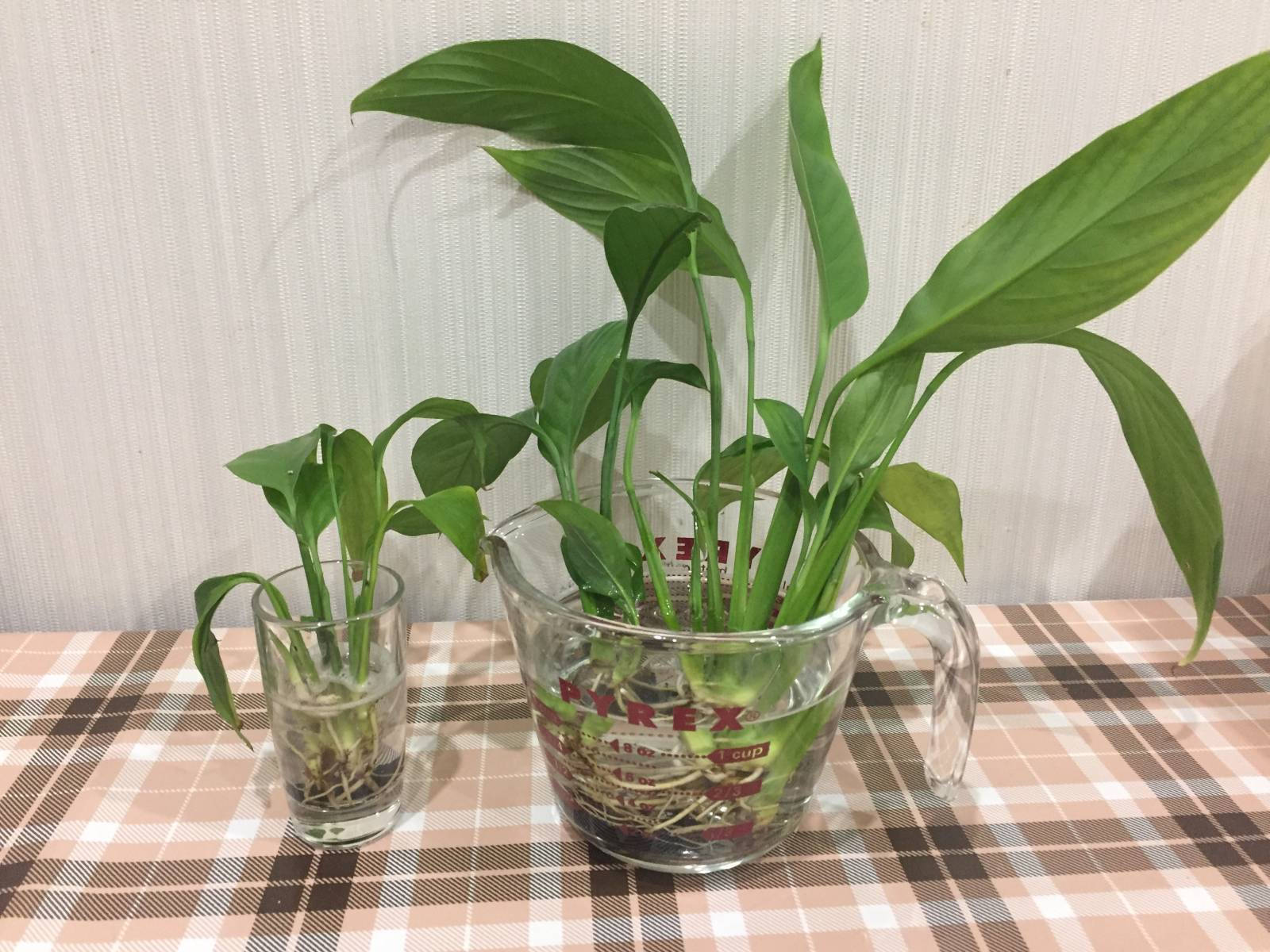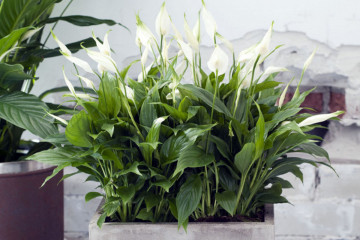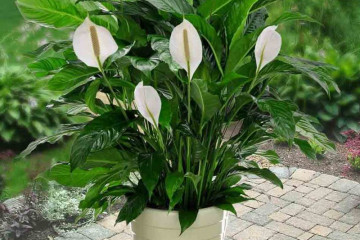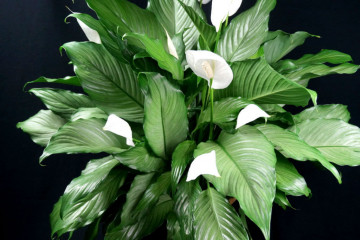Spathiphyllum Sweet Chico - characteristics and similar varieties
Content:
It is one of the most popular plants to be found on the windowsill. With the help of Sweet Chico spathiphyllum, you can create coziness in the room. Also, this plant cleans the air well, not too demanding to care for. The features of the variety will be discussed below.
Description of the variety Spathiphyllum Sweet Chico and its characteristics
A perennial houseplant is grown on a windowsill. An adult spathiphyllum is bush-shaped, the leaves grow directly from the rhizome. The most valuable is the culture during its flowering. The plant has the following characteristics:
- the height of the bush can reach 60-70 cm;
- leaves are bright green oblong;
- during the flowering period, the bush is covered with arrows on which the bud is located - after opening it is white with a yellow stamen;
The bud consists of one large petal that looks like a fan. Spathiphyllum Sweet Chico is grown on the sunny side. During the maintenance period, you must carefully monitor the condition of the soil. Excessive watering and fertilization often causes irreparable harm to the plant.
Other similar varieties and their features
Spathiphyllums include a large number of varieties. Each variety has its own characteristics. It is necessary to highlight some varieties that have common characteristics with the Sweet Chico variety.
- Sweet Lauretta
Bred in 2001, therefore it is considered one of the youngest varieties.
Spathiphyllum Lauretta has oblong leaves of light green color. Light streaks can be seen on the leaves. The leaves are located on a high spine.
Inflorescences are white with a yellow stamen. The bush can reach large sizes, the width of an adult plant reaches 85 cm. This is an undemanding plant, Sweet Lauretta is a spathiphyllum that grows quickly and does not require complex care.
- Sweet Silvio
One of the most attractive varieties. A distinctive feature is the elongated leaves and the height of the bush up to 80 cm. The leaves are lush and grow very quickly.
The inflorescence is large, oblong. The variety is distinguished by small, winding leaf edges. This feature appears in an adult plant.
- Sweet Rocco
Indoor plant with large leaf sizes. They have an elongated shape. The width of an adult bush can reach up to 60 cm, height up to 90 cm.
The bush blooms in large inflorescences that are slightly concave inward and hide a white pistil with yellow dusting.
- Sweet Benito
The plant is distinguished by a large number of inflorescences during flowering. The leaves on the plant are bright green, narrow, elongated towards the top.
Planting spathiphyllum and further care
Although the plant is considered not too demanding, certain rules of care must be followed. It is important for the owner of a flower to know not only the secrets of planting, but also the general principles of maintenance.
Priming
The plant requires the use of nutrient soil. For growing an indoor flower, it is recommended to use 2 parts of peat and humus, add 1 part of leafy soil and river sand. Mix everything thoroughly and fill the planting containers.
Watering
For active growth, spathiphyllum requires moderate watering. It is necessary to moisten the soil only after drying.
Over-watering can lead to root rot.
Top dressing
One of the conditions for growth is the timely use of fertilizing. In winter, it is necessary to fertilize the crop once a month. In the summer, feeding is carried out once every two weeks.
Complex preparations should be used as fertilizers. Before starting the formation of buds, it is recommended to use potash and phosphorus fertilizers.
Pruning
One of the rules for care is timely pruning. During the growth of the bush, it is necessary to closely monitor the plant and remove all damaged leaves.
It is also important to remove the peduncles after flowering. Such actions will stimulate the emergence of new buds.
Plant propagation methods
Spathiphyllum can multiply using several methods. These include:
- Division of the mother bush - this method is used when transplanting a plant to a new place of growth. The bush must be carefully removed from the pot and divided into parts using a secateurs or a knife. Each division is transplanted to a new growth site.
- Cutting - the method is used very often. For reproduction, you must carefully cut the outlet and place in water until roots appear. In order to accelerate the formation of the root system, you need to use the drug Kornevin. After the emergence of the root, the young seedling is transplanted to a new growth site.
- Seeds - very rarely used. During the flowering period, it is necessary to carry out artificial pollination of the bud. After the spathiphyllum has faded, the seeds should be collected and immediately planted in a nutrient mixture, which consists of peat and deciduous soil. Cover with glass and moisturize regularly. When the seedlings reach a height of 5 cm, it is necessary to dive. Young flowers require careful handling, compliance with temperature conditions. For development, the temperature must be at least +22 degrees.
The use of the seed method makes it possible to develop new varieties and obtain a large amount of planting material. But the method is very difficult for amateurs.
Diseases and pests, means of combating them
The plant is very often exposed to diseases with improper care. The most common problems include:
- yellowing of the leaves - such symptoms may indicate a lack of moisture, to eliminate it, you need to water the plant, and spray the leaves every few days;
- leaves turn black - such a problem arises with a disease of the root system. In such cases, the plant must be transplanted to a new growth site and the root must be carefully examined. Rotten and damaged areas must be removed;
- leaves curl - such symptoms indicate dry indoor air and excessive sunlight. The plant needs to be shaded.
In some cases, pests can be seen on the plant. At the first symptoms, measures should be taken, otherwise the plant may die. Among the pests on a houseplant, the most common are:
- aphid - feeds on plant sap. To fight, you need to wipe the leaves with soapy water;
- spider mite - forms small tubercles on leaves and shoots, the pest destroys the leaves and leads to the death of the flower. To fight, you must use onion infusion or soapy water.
To prevent the appearance of diseases and pests, it is necessary to follow the rules of care and timely apply nutrients.
Spathiphyllum is often used to decorate rooms. The Sweet Chiko variety is a prominent representative of the species. Cultivation involves adherence to fairly simple care rules, the flower itself grows quickly and has an attractive appearance.
